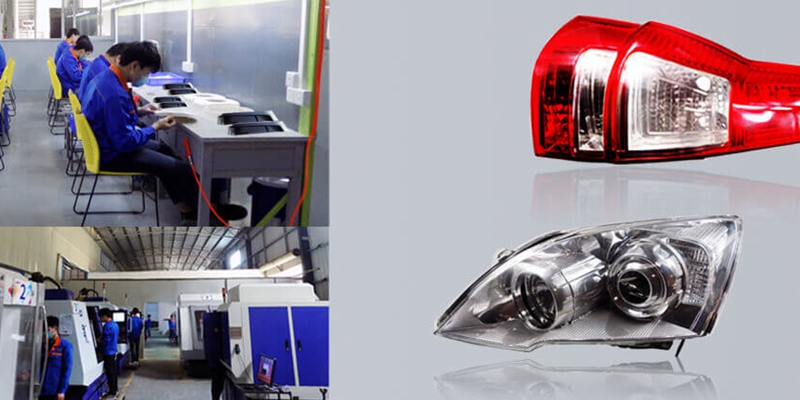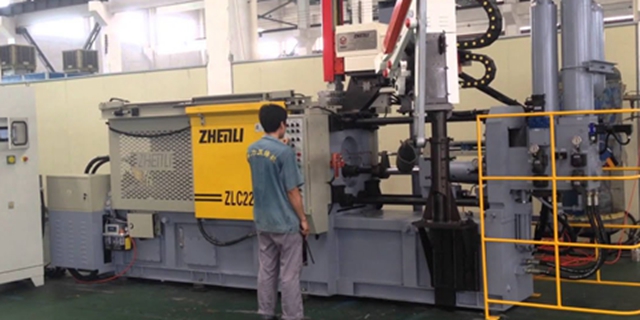Posted on Dec.14th, 2018, | By Victoria, WayKen Project Manager
Die casting is one of the most versatile and prolific metal casting processes, characterized by the use of a mold cavity to apply high pressure to the molten metal. The characteristics of die casting process contribute to design die casting parts to meet the requirements of the die casting process. Now let’s take a look at the advantages and disadvantages of die casting, and the comparison of parts processed by other manufacturing methods.
1.Advantages of Die Casting
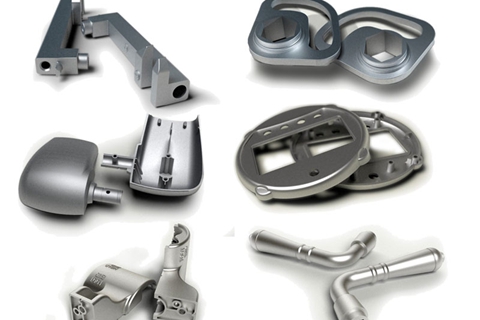
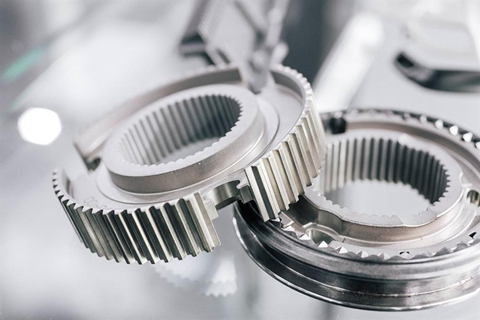
- High production efficiency – The production process is easy to mechanize and automate. In general, cold chamber die casting machine is die-casting 50 to 90 times per hour. The hot chamber die casting machine is die-casting 400 to 900 times per hour.
- Excellent dimensional accuracy and smooth cast surfaces – The general tolerance class of die casting parts is IT13~IT15 in GB/T 1800-2009, and the higher precision can reach IT10~W 1 1. Surface finish (Ra) is 3.2~1.6μm, and locally up to 0.8μ Due to the high dimensional accuracy and high surface finish of die castings, less demanding die castings can be used directly, avoiding machining or less machining, improving the utilization of the alloy and saving a lot of machining costs.
- High mechanical properties of die castings – The metal melt cools quickly in die casting and crystallizes under pressure, so that a layer of crystalline grains near the surface of the die casting is fine and compact. Both strength and hardness are high.
- Die-casting complex thin-walled parts – Die castings can have complex part shapes, the wall thickness of the part can be smaller simultaneously, compared with sand castings and metal mold castings. The minimum wall thickness of aluminum alloy die-casting parts is 0.5mm. The minimum wall thickness of zinc alloy die castings can achieve 0.3mm.
- Parts of other materials can be embedded in die castings – Complex fasteners or inserts can be included in the final component. So it saves valuable materials costs and processing costs. The complex shapes of parts can be obtained and the performance of parts can be improved. Besides, assembly work is reduced.
- Economical and easy for mass production – Durable and dimensionally stable die casting parts can be obtained with specified shapes, so no machining or less machining is required.
- Variety of surface textures – Die casting parts can have many finishing techniques and surfaces. The process is capable of achieving smooth or textured part surfaces.
2.Disadvantages of Die Casting
- Porosity is easily generated in die castings – As the metal melt fills the mold cavity at a very high speed during die casting, as well as the mold material has no gas permeability. Die castings produced by general die casting methods are easily to produce gas cavity. Due to the presence of gas cavity, the die castings cannot be strengthened by heat treatment and used at high temperatures. At the same time, the machining allowance of the parts should not be too large, otherwise the hardened layer on the surface of the die castings will be removed, so that the surface of the die castings will be exposed.
- Not suitable for small batch production – The die casting type is complicated and costly, so it is generally only suitable for large batch production. It’s not economical for small scale production.
- Low die life when die casting high melting point alloy – Some metals (such as copper alloys) have a high melting point, and have high requirements for heat deformation resistance and thermal fatigue strength of die casting materials, the life of the molds is relatively low. At present, the materials of die castings are mainly aluminum alloys, zinc alloys and magnesium alloys, and so on. Ferrous metals are rarely processed by die casting.
- Large capital investment – The casting machines required, the dies and related equipment are very costly, compared to most other casting processes. As a consequence, making die casting an economical process, large batch production is a must.
3.The Unique Advantages of Die Casting
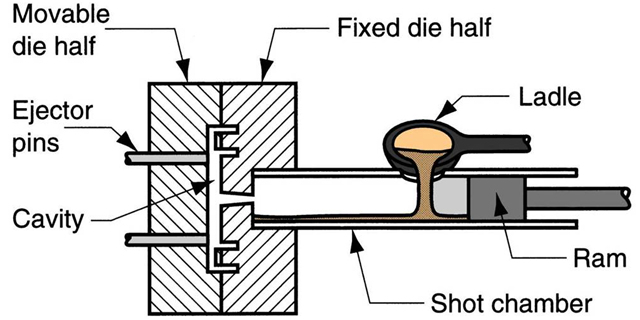
Compared to parts processed by other manufacturing methods, die castings have their unique advantages:
- Compared with sheet metal parts, the part shape of the die casting can be more complicated, the wall thickness of the part can vary. A die-cast part can replace several sheet metal parts, simplifying the product structure.
- Compared to plastic injection molded parts, die casting parts are stronger, harder, more dimensionally stable, more resistant to heat and far superior to plastics in terms of performance and cost. As well die castings are highly durable under load and are completely resistant to UV, weathering and stress cracking in the presence of various agents. The production cycle for producing die casting parts is much faster than for producing plastic injection molded parts. Nevertheless, plastics may be less expensive on a unit volume basis and may have inherent color properties that tend to eliminate finishing, are temperature sensitive, and are good electrical insulators.
- Compared to sand casting parts, die casting parts require less processing. Die casting parts have thinner walls, can be maintained in tighter dimensions, have higher production efficiency for it’s produced in the molds. The surface is smoother and the labor cost is lower. On the other hand, sand castings can be made of ferrous metals and many non-ferrous alloys that are not suitable for die casting. The maximum size can be larger, the tool cost is usually lower, and it’s more economically producing a small amount of parts.
- Compared with machining parts, die casting parts have lighter weight, and are lower in processing cost.
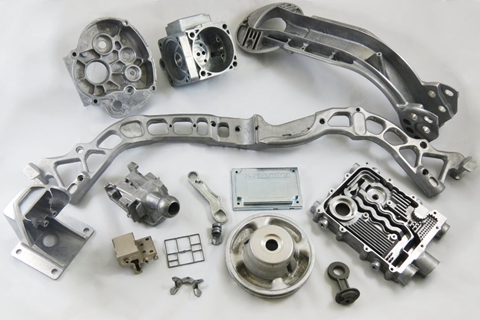
In Conclusion
It is because of the advantages and unique advantages of the above die casting parts that the die casting products are now more and more widely used. It plays an important role in many products such as laptop, mobile phone, camera, automobile and motorcycle. Among these products, die casting parts appear in front of consumers as fashionable, environment-friendly, humanized and innovative products, and consumers also highly approve of such products. With the development of die casting technology, die casting parts will certainly be more widely used.
The above are the advantages and disadvantages of die casting, I hope to be helpful. WayKen not only offers die casting service to meet your mass production projects, but also are good at rapid injection molding. We encourage you to contact us for a free quotation at [email protected] and we will give you professional services for your next project.

